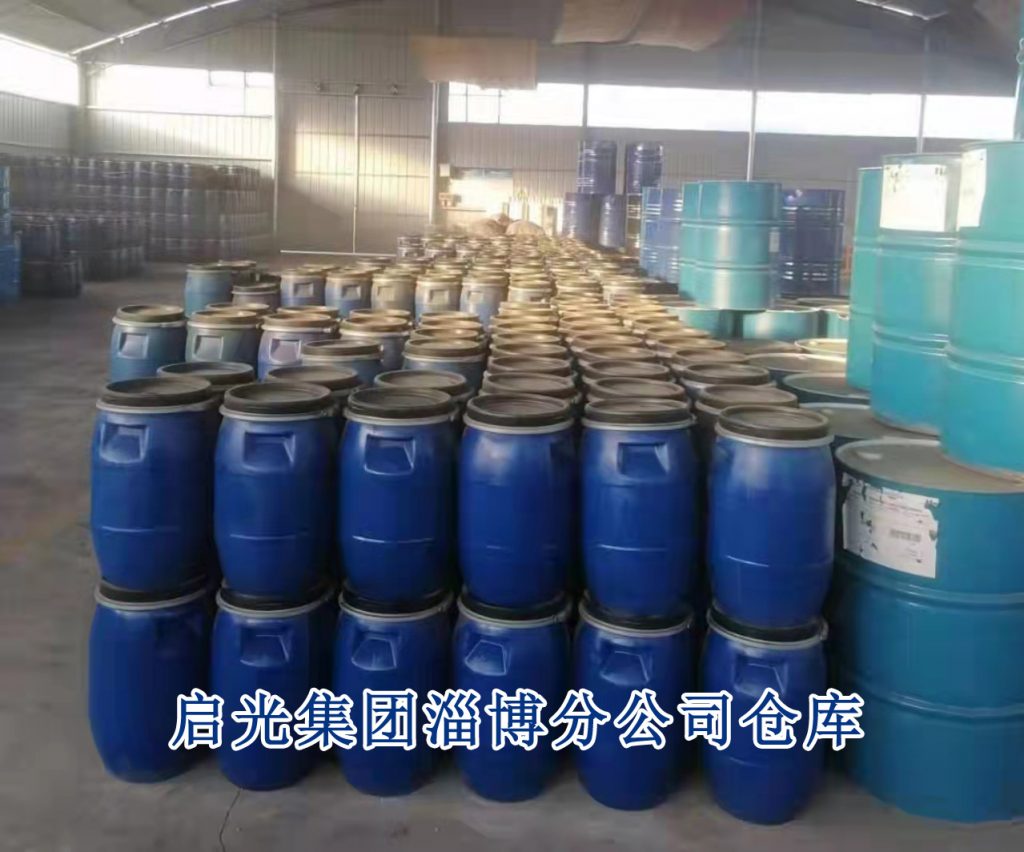How to remove organotin efficiently
Organotin reagents have been used in organic chemistry for more than 100 years and have been studied for a long time. The most well-known organotin reagents in organic synthesis should be the stille coupling, which covers almost half of the palladium-catalyzed coupling reactions. The 2010 Nobel Prize was not awarded to him because of the death of the old man in an air crash, which is a pity (the biggest drawback of this reaction is the toxicity of tin, which caused a 10% mortality rate in France in 1958 due to the use of triethyltin-containing agents for the treatment of skin diseases, known as the Strinon incident); secondly, some organotin reagents can be used as selective free-radical reductants for multifunctional compounds, with very good results.
This is the most common error. The consequence is that the tin reagents are easily absorbed by the human body during the post-treatment and purification process, and the waste solution containing tin can easily cause environmental pollution. A reasonable operation is to add a saturated aqueous KF solution or Py-HF solution after the reaction has been completed and stir for at least one hour before carrying out the usual post-treatment and purification].

For applications of organotin reagents, residual tin-containing impurities that are difficult to remove from reaction products and by-products are the biggest problem limiting the use of organotin chemistry, and while it is now often possible to reduce organotin impurities to below 1% ww, purifying them to ppm levels is necessary for bioactive screening and market applications. Scientists have now developed a number of methods for the removal of organotins, including water-soluble and solid-loaded stannanes, catalytic methods and alternative reagents based on less toxic metals and metalloid hydrides. Although these methods are very effective, their adoption usually increases the cost or complexity of the experimental process.
The authors’ group has previously reported two simple and inexpensive methods for the removal of organotin impurities from product mixtures. The first method involves diluting the concentrated product mixture with ether, adding a slight excess of DBU, and then adding an ether iodine solution until the iodine colour is consistently present. The purification is completed by elution through silica gel followed by standard rapid column chromatography. The second method does not require pretreatment of the product mixture, as after concentration the residue is eluted only by a stationary phase consisting of 10% finely ground potassium fluoride and 90% silica (w/W). In this way, the content of organotin impurities can be reduced to less than 30 ppm.

The two methods mentioned above have been widely used because of their simplicity and effectiveness. While both are still good, a practical problem with the KF/silica solution involves the hygroscopicity of the salt. On prolonged standing, this leads to a loss of mobility in the stationary phase, which in turn reduces its ability to separate compounds and remove active organotin substances. Here the authors detail an improved method using K2CO3 as an additive (DOI: 10.1039/c0cc01328e), which is cheaper and more practical. Its effectiveness has been demonstrated in a range of common applications, including the purification of tetraorganotin and hexaorganodin compounds from complex product mixtures. Using 10% w/w anhydrous potassium carbonate-silica as the stationary phase, organotin impurities in product mixtures can be reduced from stoichiometric levels to below 15 ppm by column chromatography.
A number of experiments have demonstrated that obtaining a stationary phase consisting of 10% powdered anhydrous K2CO3 and silica is very effective in removing organotin impurities from the product mixture, reducing them from stoichiometric levels to ~15 ppm. The K2CO3-silica mixture can be stored for several months without significant loss of flow or activity. Purification is preferably carried out on the concentrated product mixture without the need for water treatment and other treatment of the associated waste. The method also has good utility for the decontamination of tetra-organotin and hexa-organo-based ditin compounds.

